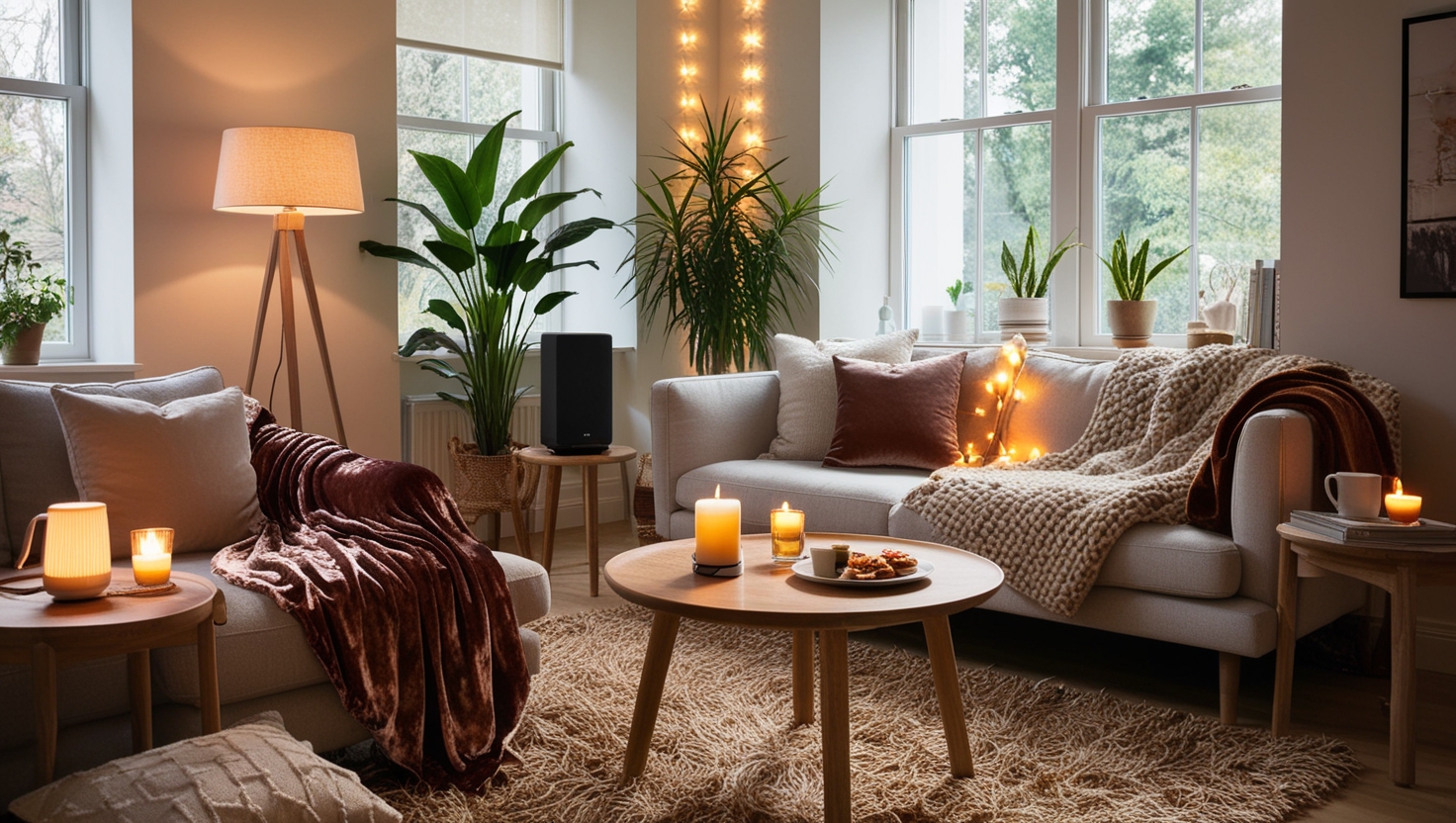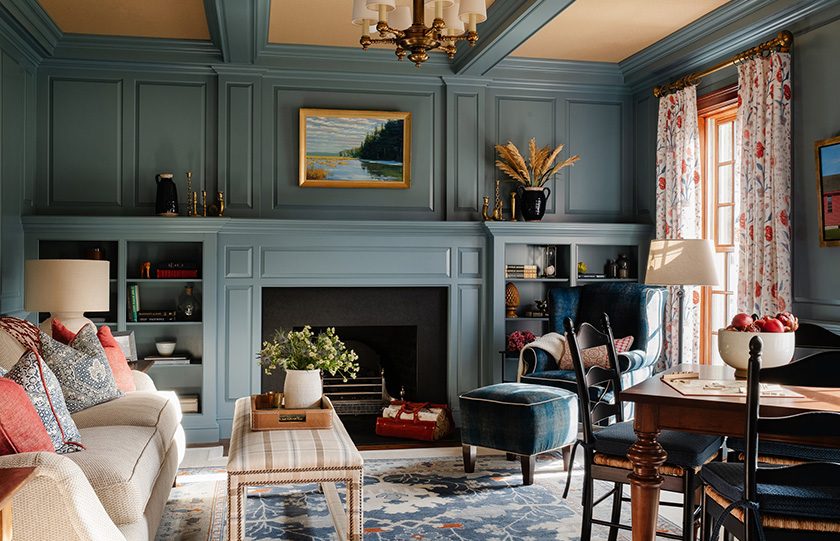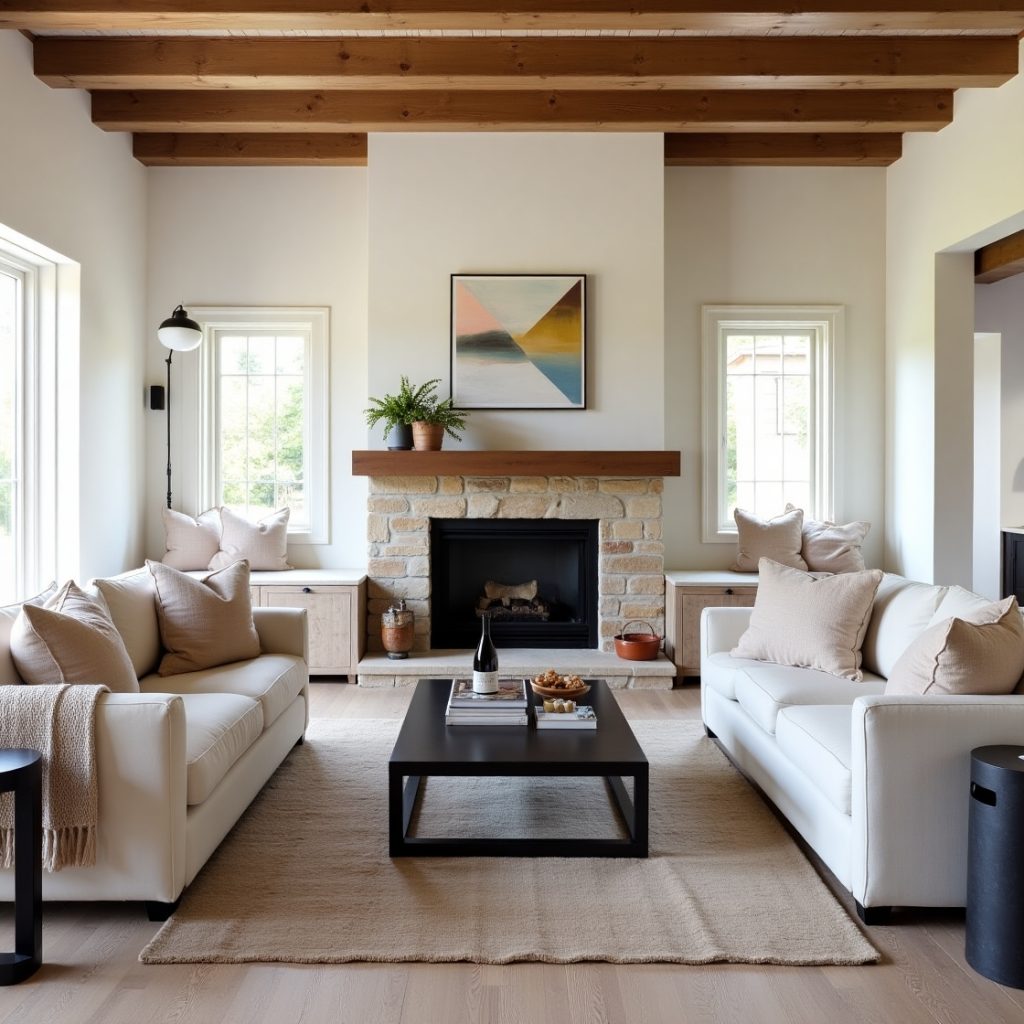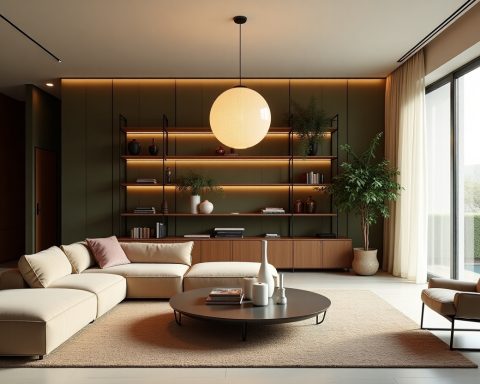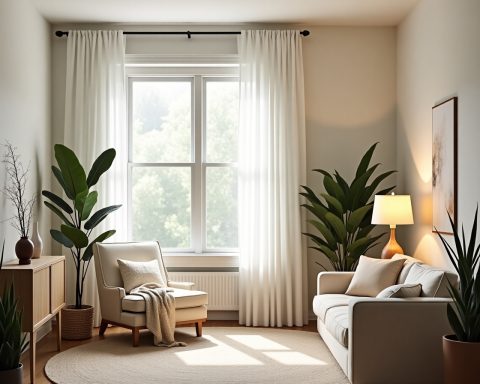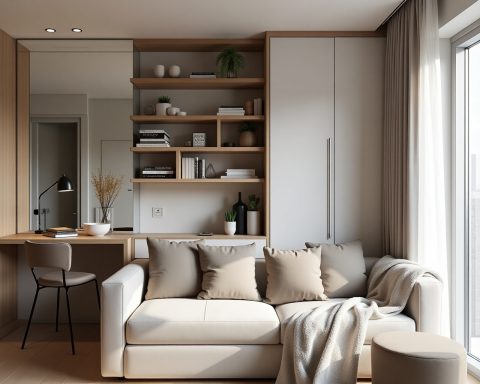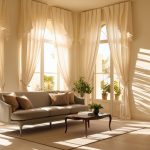Embracing Multi-Sensory Interior Design
At its core, interior design is far more than an arrangement of colors, textures, and furniture. True interior excellence integrates all five human senses—sight, sound, smell, touch, and taste—to create immersive spaces that resonate on emotional and psychological levels. In this comprehensive exploration, we delve deep into how sensory-rich design can transform a home, office, or hospitality venue from a visually appealing space into a holistic experience.
Visual Aesthetics: More Than Meets the Eye
Visuals are the foundation of interior design. Elements like color theory, natural light, and symmetry play key roles in mood regulation and spatial perception.
- Color Psychology: Cool tones like blues and greens promote calmness, while warm hues such as terracotta and mustard add warmth and vibrance.
- Lighting Strategy: We focus on layering light—ambient, task, and accent lighting—to enhance functionality and atmosphere throughout the day.
- Visual Texture & Contrast: Using matte vs. glossy finishes, mixing patterns, and playing with scale brings dimension and interest to interiors.
But visual design is just the beginning.
Soundscapes: Designing with Acoustics
Sound influences how we feel in a space. We incorporate acoustic design principles to shape sound experiences that align with the purpose of each room.
- Soft Furnishings: Rugs, curtains, and upholstered furniture absorb sound, minimizing echo and creating a cozy ambiance.
- Strategic Layout: Placing noisy elements like TVs and kitchen appliances away from quiet zones like bedrooms or reading nooks.
- Intentional Audio Design: Integrating hidden speakers and sound systems allows for curated playlists, calming ambient noise, or white noise that enhances mental well-being.
Every room has its own acoustic identity, and we tailor this to match the mood it should evoke.
The Power of Scent: Invisible Atmosphere
Smell is one of the most emotionally evocative senses, directly linked to memory and mood. That’s why scent curation is essential in modern interior design.
- Signature Scents: Using diffusers, essential oils, or incense, we develop a unique scent profile for each space—lavender for tranquility, citrus for invigoration.
- Layered Aromas: Subtle transitions between rooms can be achieved using varied, yet complementary fragrances.
- Scent Zoning: Kitchens benefit from herbal or spicy notes, bathrooms from clean aquatic scents, and bedrooms from soft florals or earthy tones.
We ensure scent is not overpowering but harmonized with the room’s identity.
Tactile Design: The Feel of Comfort
Touch brings intimacy to design. We consider the tactile qualities of every element in a room—fabrics, finishes, and temperatures.
- Material Variety: Combining natural materials like wood and linen with metals, stone, and ceramics creates a multi-textured experience.
- Temperature & Texture Balance: Cooler surfaces like marble counters are offset with warm textiles like chunky throws or velvet cushions.
- Interactive Design: Encouraging physical interaction with elements, such as sliding barn doors, pebble-stone bath mats, or textured wall panels, makes spaces engaging.
Tactility grounds people in the moment, making rooms feel alive and responsive.
Tasteful Design: Yes, Taste Matters Too
While it might seem out of place, taste has a subtle yet powerful influence on interior design, particularly in residential and hospitality spaces.
- Culinary Influence: Kitchen designs include open shelving with curated displays of spices, herbs, or cookbooks that encourage culinary creativity.
- Dining Spaces: Sensory engagement with food is enhanced by intentional design—dimmed lights, comfortable seating, and ambient music foster a sense of indulgence.
- Entertaining Zones: We create multifunctional spaces that support hosting—from mini bars with artisan spirits to aesthetic snack setups and elegant dishware displays.
Even when not actively eating, environments can visually and atmospherically stimulate our gustatory memory.
Biophilic Design: Bringing Nature to the Senses
Biophilic elements amplify the multi-sensory approach by reconnecting people with nature—boosting wellness, creativity, and calmness.
- Natural Light & Airflow: Large windows, skylights, and cross-ventilation systems bring in daylight and fresh air.
- Indoor Greenery: Plants like peace lilies or snake plants not only purify the air but add vibrant visuals and fresh scents.
- Water Features: Indoor fountains or wall aquariums contribute to calming auditory experiences.
This connection to nature enhances every sense, making spaces feel alive and restorative.
Technology and Sensory Design
Smart homes are evolving beyond automation. Today’s tech-integrated interiors also focus on sensorial customization.
- Mood Lighting Systems: Change color temperature based on time of day or user preference.
- Smart Diffusers: Scheduled scent dispersal aligns with routines—energizing in the morning, soothing at night.
- Audio Integration: Whole-home systems that stream music or ambient sounds tailored to each room’s use.
Technology enables a seamless and responsive multi-sensory living experience.
Sensory Design in Commercial Spaces
Retail, hospitality, and office environments benefit immensely from all-sensory design.
- Hotels & Spas: Scent marketing, calming music, and rich textures define luxury experiences.
- Retail Stores: Lighting that highlights products, signature fragrances, and curated soundtracks boost brand identity and emotional connection.
- Workplaces: Noise control, tactile variety, and even subtle scent zoning reduce stress and enhance productivity.
A multi-sensory approach to commercial spaces increases customer dwell time, loyalty, and overall satisfaction.
The Psychological Impact of Multi-Sensory Desig
Integrating all senses helps address deeper human needs. Sensory-rich environments:
- Reduce stress and anxiety
- Improve focus and cognition
- Enhance memory recall
- Boost mood and overall mental health
Design becomes a wellness tool, nurturing body and mind.
Conclusion: Designing for the Whole Human Experience
We no longer design just for appearances—we design for how people live, feel, and thrive. By engaging all five senses, we create immersive, emotionally resonant environments that tell a story, inspire the soul, and promote well-being. From the subtle scent that greets you at the door to the sound of water trickling nearby and the feel of soft wool underfoot, every detail matters.
